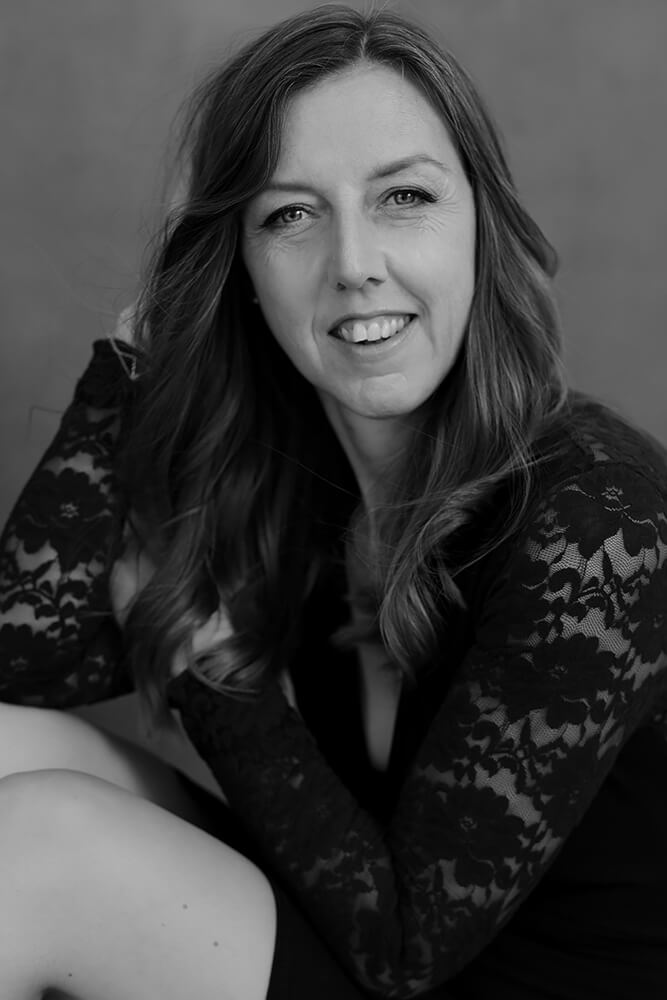Madly in love with the arts in the broad sense, greedy for words, stories, eager for esthetic experiences, passionate about theater, writing, full-time professor of letters, photographer-poet in my spare time, human being forever, Woman above all.
For me, photography is the medium that allows me to get down to the essence of things, a three-step frenzied waltz in which scenography, esthetics and text all come together to create a powerful message.
Driven by a desire to delve deep into the possible, i see the photo as responding to a need to go straight to the soul, with all its diversity of approaches, a way of looking at the body as a sculptured tool, a fragment of a human being, as a dreamlike narration, pictorial reality, the shots linked but not all alike, a perpetual exploration of the possible, malleable according to my desires, giving rise to sensation, to hypersensitivity.
Fragments
The hands, the hands as witnesses of a too long forgotten body, metonymic fragments of a neglected soul, given as food to the monster lurking in the shadows.
The hands which twist in silence, those which counter blows, which protect themselves, those which heal wounds in the half-light without ever daring, cruel pantomime smothered in the hollow of a fist.
A black and white, dark, realistic series featuring hands, in close-up, the body is erased, the hands alone carry the message.
The image is soiled, a grain comes to invade the cliché, to soil it, drowning all humanity, all femininity.
Silence, taboo, shut up!
Suddenly, the hands are there, referees of the last chance, standing up timidly in a final attempt, the last ramparts against hatred ... do not lower your guard, stand up, the hands finally come together, ally because together they make sense.
A glimmer of hope that seeps through clenched fingers, gradually the woman regains body, the fist crushes in an act of assumed resistance, an unexpected force at hand, carried by a desire to wake up the sorority of all .
Peaux d'ombre
Because the body is only a conception of the mind, a fantasy projection of our eye, erotic or plastic mass, the body dissolves in the image, becomes a play of curves, a chimera.
It is in the shadow of time that the male body reveals its power, sublimating our shadow areas.
